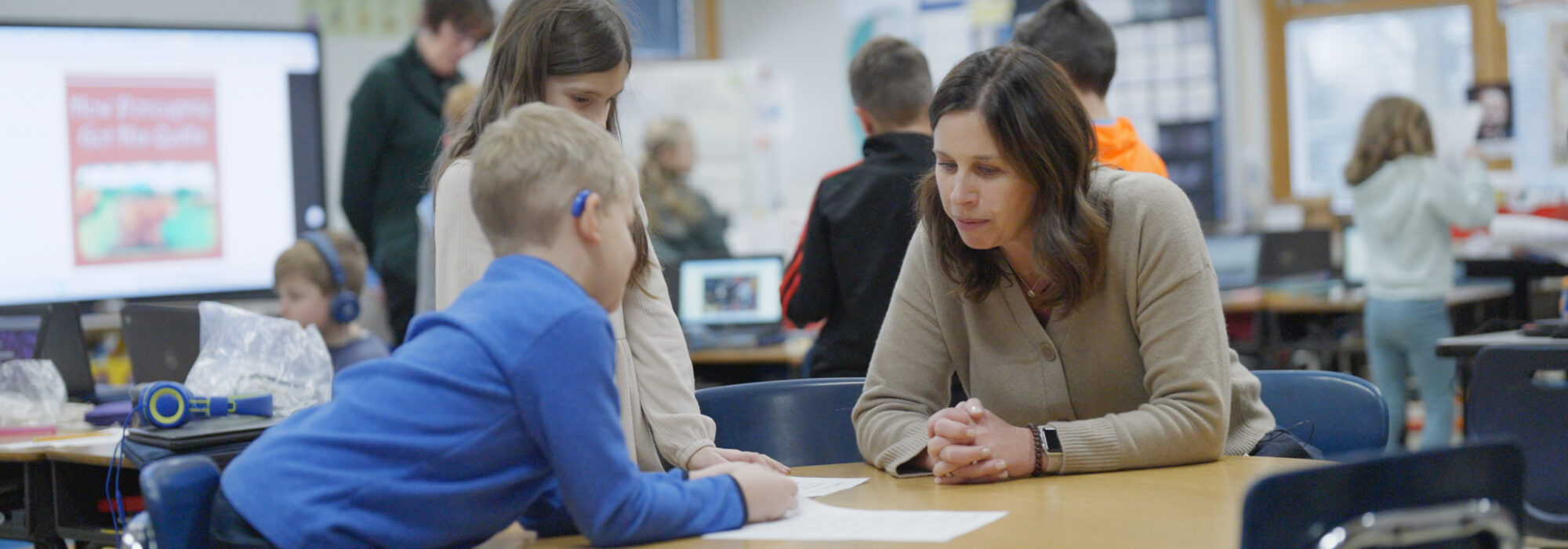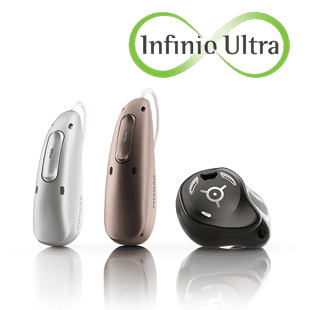
Starting the school year strong: Tips for educational audiologists
Getting organized early and supporting teachers makes a real difference for students with hearing loss. Dr. Carrie Spangler, Educational Audiologist, shares practical ways to support teachers, train staff, and set up Roger™ systems to help students succeed from day one.
The start of the school year is always a mix of excitement and challenges for educational audiologists. With so many moving parts, I’ve found that having a clear approach in place can really help, not just for the students, but for the teachers and staff as well. Here’s the protocol I’ve developed over the years. Hopefully, parts of it are useful for you, too.
Before day one: Help educators feel prepared
One of the most useful things I do before students arrive is run in-services with teachers and staff. These short sessions provide essential information about each student’s hearing background, the impact of hearing loss on classroom learning, necessary accommodations and supports, and detailed guidance on using assistive listening devices such as Roger™.
Whenever possible, I include hands-on demonstrations. These help teachers and staff become more confident with the equipment through practical training on how to:
- Charge and store the microphones
- Clip the microphone to clothing correctly
- Turn hearing devices on and off
- Use mute/unmute functions and know when to use them
- Connect devices to classroom computers
- Check equipment daily with students
- Reach out if something isn’t working
I also work with the team to identify a main contact—usually the teacher or another staff member who takes care of storing and charging equipment each day. We try to find a convenient place in the classroom to charge everything, so it becomes part of the daily routine.
Afterward, I send a follow-up email with guides, checklists, and a few simple troubleshooting tips they can refer to during the year.
First day with students: Make sure it all works
Once students arrive, I spend some time with each of them to make sure everything is working as expected.
On the first day, I:
- Check that the equipment is working properly
- Install Roger receivers if it hasn’t been done
- Pair Roger microphones with personal hearing devices
- Set up computer connections
- Review how to use the devices with the student, depending on their age
- Do a basic listening check in the classroom
- Talk about what to do if something stops working
I also like to have a quick chat with both the student and their teacher to make sure everyone is clear on how things should be used. It’s a short visit, but it sets a good foundation. I usually come back within two weeks to do a more detailed follow-up and make sure everything is still going smoothly.
Staying involved: Keep the conversation going
Once the year gets going, I try to check in with lead teachers about once a month (or more often if something comes up). Sometimes it’s just a quick visit to ask how things are going or answer a question.
I also do classroom observations to see how students are doing with access to sound. I watch for things like:
- How much the teacher moves around the room
- Where students are sitting and whether that gives them good access
- What other technology is being used that might affect sound
- Whether Roger systems are being worn and used correctly
- How the classroom sounds overall
The first few weeks of school are busy, but they’re also a good opportunity to make sure students with hearing loss have the tools and support they need to take part fully in class. With some early planning and regular check-ins, we can make sure no one falls behind because of access issues and build strong working relationships along the way.
Learn more and explore practical tools:
Watch helpful how-to videos: Roger™ YouTube playlist
Download the teacher’s guide: Assistive Listening Devices for the Classroom | Phonak
